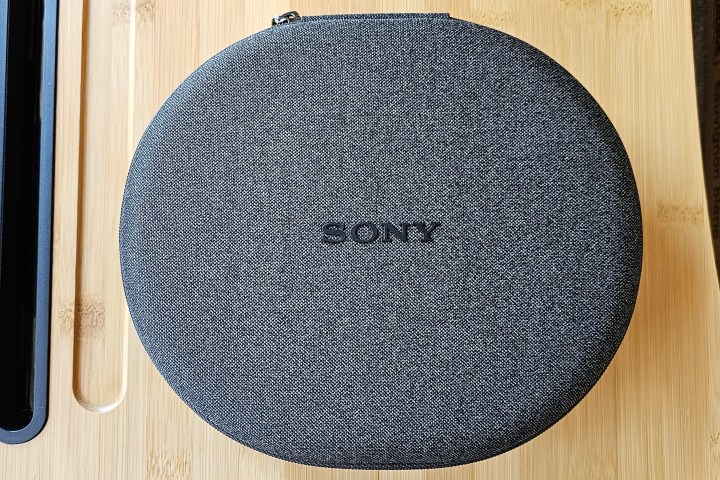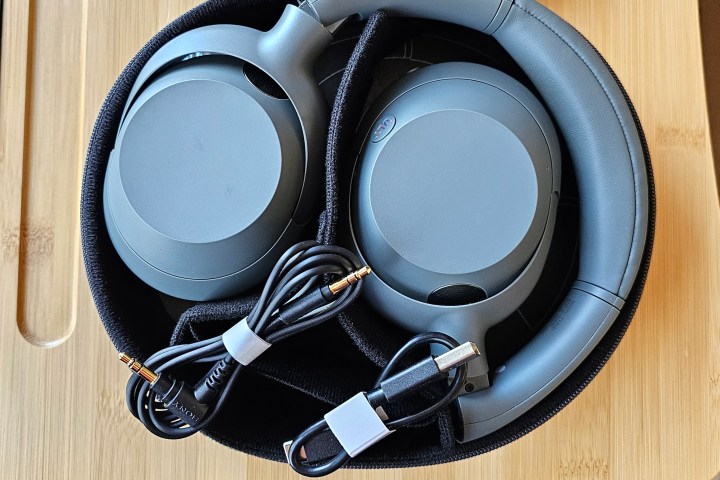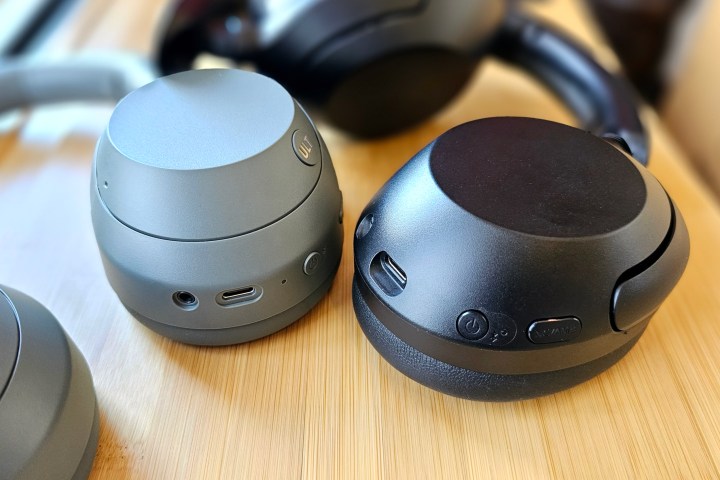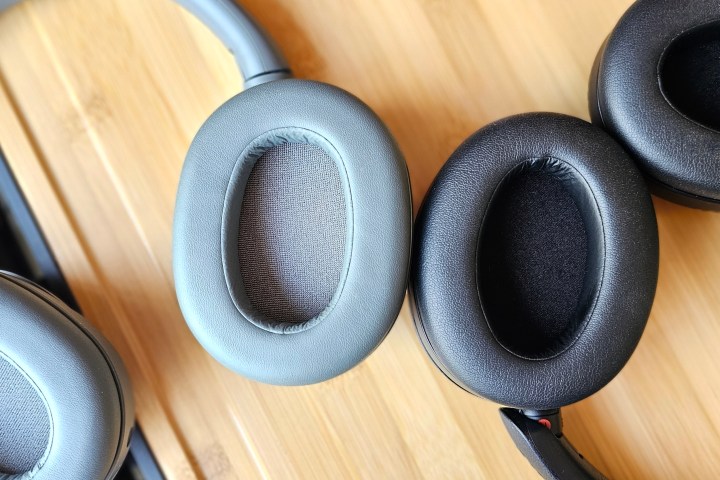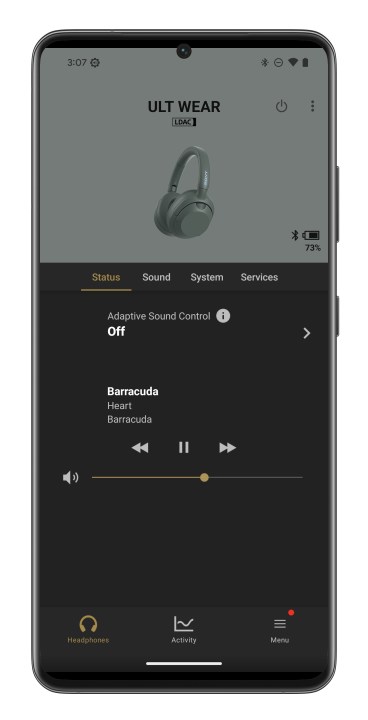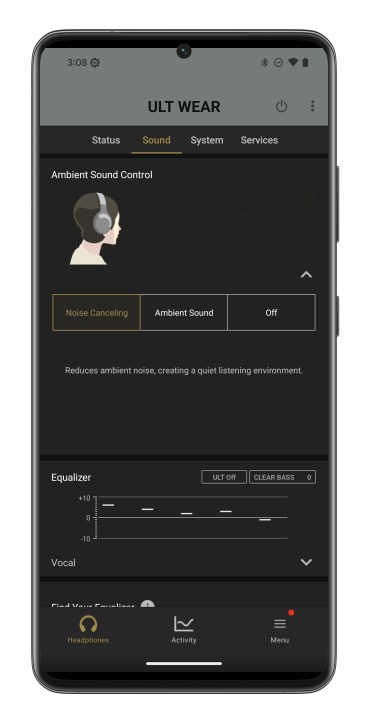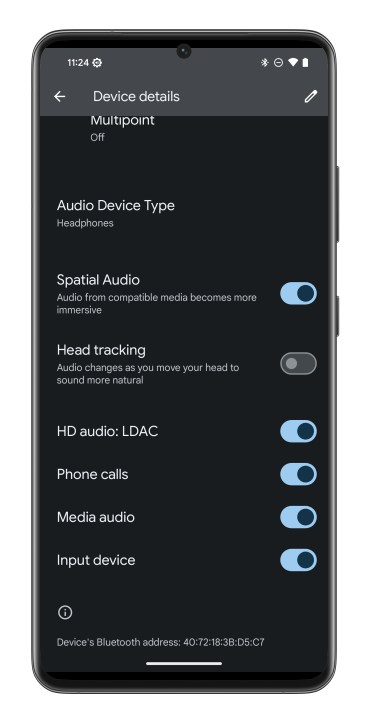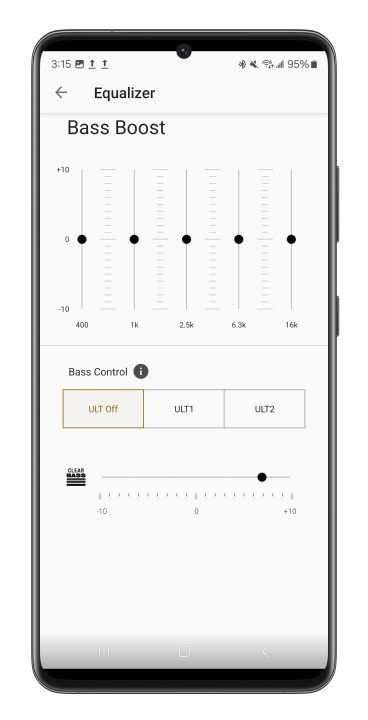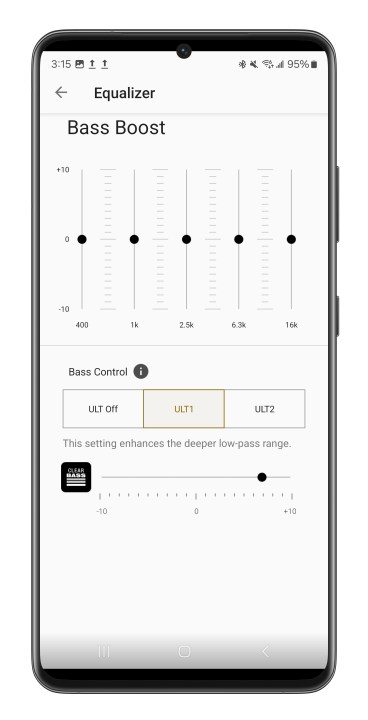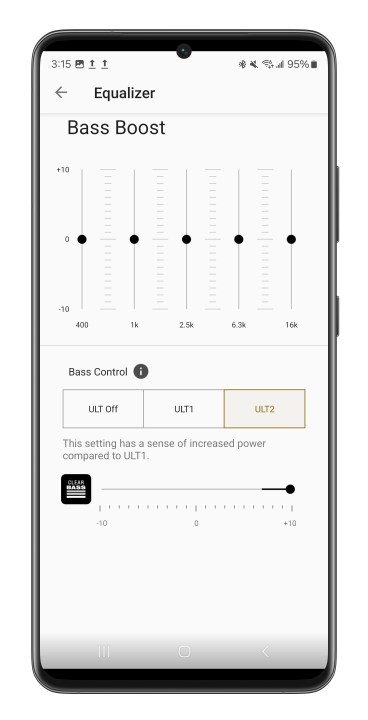“Tons of features, insane levels of bass, and a reasonable price -- Sony has a winner with the ULT Wear headphones.”
- Great price
- Huge amounts of bass
- Excellent noise cancellation
- Very good transparency
- Wear sensors
- No USB-C audio
- May create headband pressure
- Limited spatial audio
Somewhere out there are a ton of folks who are crazy for bass. Perhaps you’re one of them? If so, Sony wants you to know it sees you, and it has your next set of wireless headphones. I’m talking about the Sony ULT Wear — effectively a new version of its midrange WH-XB910N with a mercifully simple name. And this set of wireless, noise-canceling headphones should satisfy even the biggest bass head in more ways than one.
In addition to a heap of new features, Sony also has lowered the price. The ULT Wear sell for $200, whereas the XB910N launched at $250.
How much boom do these cans create, and should you buy them even if your audio tastes tend to favor frequencies that won’t rattle your dental work loose? I’ve spent a few weeks with the ULT Wear, and here’s what you need to know.
Evolved design
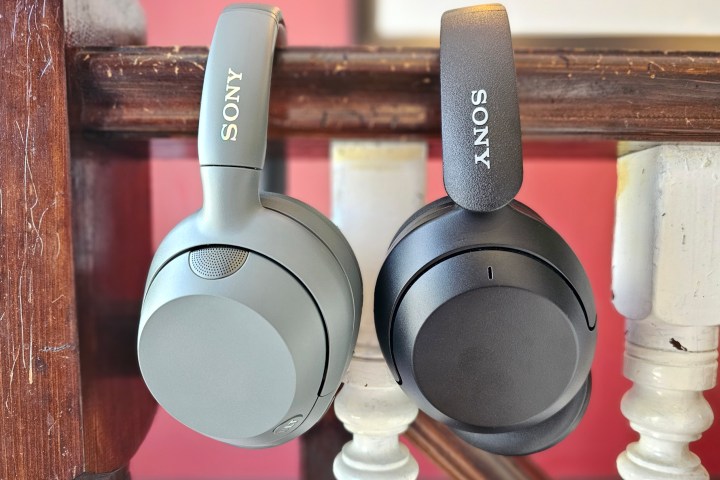
Sony’s ULT Wear might have a fancy new name, but they should be instantly familiar to anyone who has used their predecessors. Sony has retained a lot of elements from the WH-XB910N, including the fold-up/fold-flat design that has earned enduring popularity among headphone enthusiasts. Also unchanged is the handy zippered travel case, the included 3.5mm analog cable, and Sony’s standard (and ludicrously short) USB-C charging cable.
The earcups are now a bit thicker, but the buttons and touch controls are nearly identical. Well, except for one very big difference: the obvious and brightly colored ULT button that sits on the outer edge of the left earcup. I’ll discuss this button (and what happens when you press it) in a moment.
A new semicircular perforated grille peeks out from the top of both earcups, giving the new beamforming mics better wind protection. Sony has also streamlined the look of the headband, picking up a few design cues from its flagship WH-1000XM5 along the way.
- 1. The Sony ULT Wear (left) and WH-XB910N
- 2. The Sony ULT Wear (left) and WH-XB910N
There’s also been a subtle improvement in the overall feeling of quality — the ULT Wear’s joints and hinges are less creaky. Then there are the colors. The ULT Wear comes in the standard black, plus two new options: white and forest gray.
The rest of the changes are invisible. The drivers have been redesigned to produce deeper bass. Active noise cancellation is now powered by the same V1 chip that Sony has used on the WF-1000XM4 wireless earbuds and several other models. Wear sensors have been added, and you get head-tracking spatial audio on select Android devices. There’s also a new sidetone option for hearing your voice more clearly on ANC mode calls.
Hard on the head
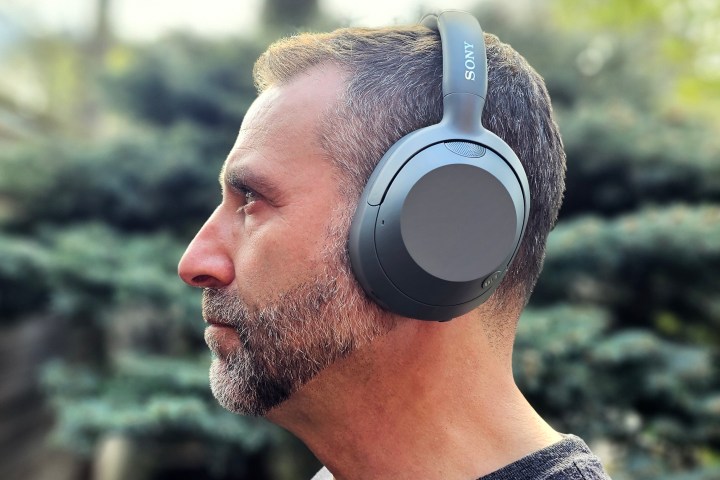
I’ve always loved the way Sony headphones fit. They tend to be light, yet secure, and the over-ear models always play nicely with eyeglasses. But something has changed in the design of the ULT Wear. On my head, they’re not as comfortable as previous Sony cans. After wearing them for about 45 minutes, the top of my head was not happy and I couldn’t wait to remove them.
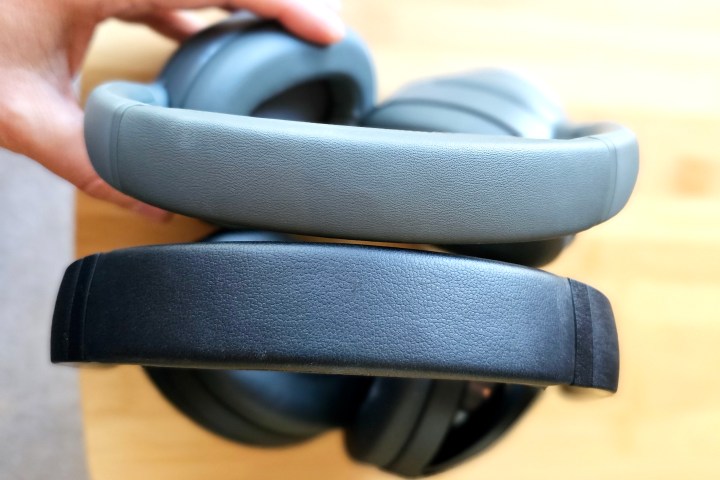
Upon closer inspection, the ULT Wear’s headband is slightly narrower (23mm) than the WH-XB910N (26mm). That doesn’t sound like much, but it seems to make a difference.
This is really unfortunate because the earcushions are actually more comfortable — they sit more securely and make a better seal with the sides of my head.
Fit is one of the most subjective aspects of headphones and earbuds reviews. What works for me may not work for you and vice versa. For what it’s worth, I can’t find another ULT Wear review that agrees with me on this — so maybe I’m the problem. If you have a sensitive crown area and have had comfort problems with headphones in the past, I strongly suggest you find a store that lets you try the ULT Wear on before you buy.
Still no USB-C audio
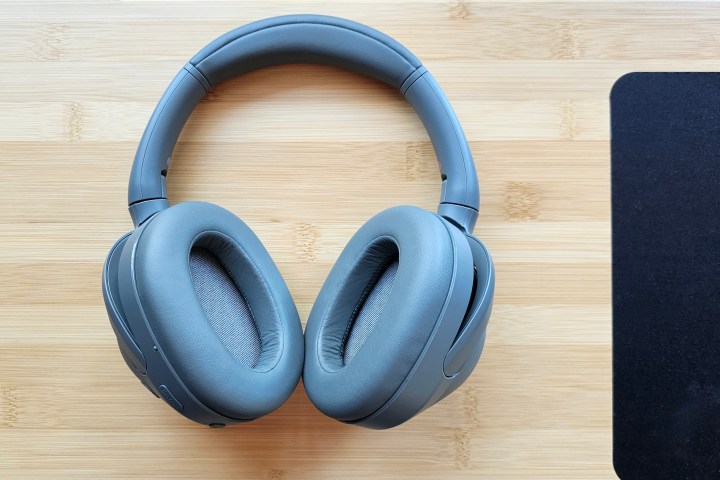
Now that the iPhone 15 has a USB-C port, headphone makers are beginning to realize that this represents a great opportunity. Not only can you recharge headphones (or earbuds) from this port, you can also play lossless digital music at up to 24-bit/192kHz, with no adapter needed. Beats has enabled USB-C on both its Studio Pro and Solo 4 headphones, as has Master & Dynamic, Sennheiser, and Bowers & Wilkins.
I’m somewhat baffled that Sony remains a laggard, especially when it has championed both wired and wireless hi-res audio for so many years.
It’s also worth mentioning that you still can’t use the ULT Wear while charging unless you simultaneously connect the 3.5mm analog cable.
The ULT Wear’s controls are the same as Sony’s flagships: physical buttons for power/pairing and switching ANC modes, and touch controls on the right earcup for everything else. They’re easy to use and very intuitive, and my only complaint is that there’s no way to use them unless you have bare hands or capacitive-touch-compatible gloves.
Limited spatial audio support
I’m delighted that Sony has added head-tracked spatial audio to the ULT Wear. I just wish you could actually use it. It only works on Android and Samsung — the most popular Android smartphone maker by a huge margin — has disabled the stock Android spatial audio feature in order to promote its own Samsung-only version.
That pretty much leaves Google, Motorola, and Xiaomi as the only handset manufacturers that support Sony’s tech. What’s even more frustrating is that even if you own one of these phones, spatial support is limited to just a few apps. The only one I was able to try was Netflix.
It sounded … fine. Spatial audio on Top Gun: Maverick provided deeper immersion than you’d get from two-channel stereo, and the head tracking worked as well as any implementation of this tech that I’ve tried. But given its extremely limited availability, you shouldn’t buy the ULT Wear in the hopes of getting an AirPods Max experience on the cheap.
Unholy amounts of bass
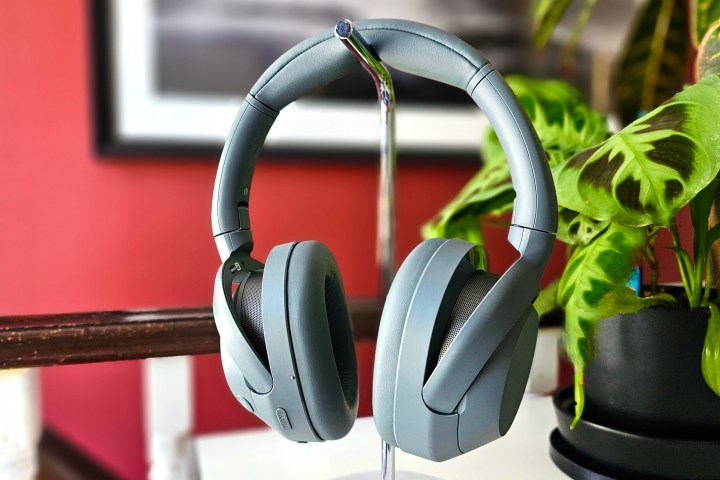
It can be easily argued that even the WH-XB910N, with their frequency response of 7Hz to 25,000Hz, already were capable of reproducing bass at levels far below the threshold of human hearing. (That’s typically 20Hz.) However, some believe that there is value in low frequencies that are felt, not heard. Sony’s designers clearly fall into this camp because the ULT Wear push that low end even lower, all the way down to 5Hz. How low is 5Hz? Earthquakes generally radiate seismic waves mainly in the frequency range of 0.01 Hz to 10 Hz.
- 1. Bass Boost, ULT off
- 2. Bass Boost, ULT 1
- 3. Bass Boost, ULT 2
Thankfully, the ULT Wear give you an easy way to control your newfound ability to shake your skull into its component parts. The ULT button triggers three modes in sequence: off > ULT 1 > ULT 2. The off mode simply means that your sound is being controlled by your choice of EQ preset (or manual setting) in the Sony Headphones app. You can almost think of this as the ULT Wear in XB910N mode.
The ULT modes are essentially two levels of bass enhancement that sit on top of your EQ preset. ULT 1 is a moderate bass boost, while ULT 2 is a bigger jump. If you start in the Speech preset, for example, these boosts are noticeable, but keep you well within what we’d consider a normal balance of frequencies. It’s not until you begin in the Normal preset that ULT 1 and 2 start to reveal their true power. And if you’re foolish enough to start in Bass Boost mode, get ready for a wild ride as ULT 2 pushes the drivers to their highest possible bass output.
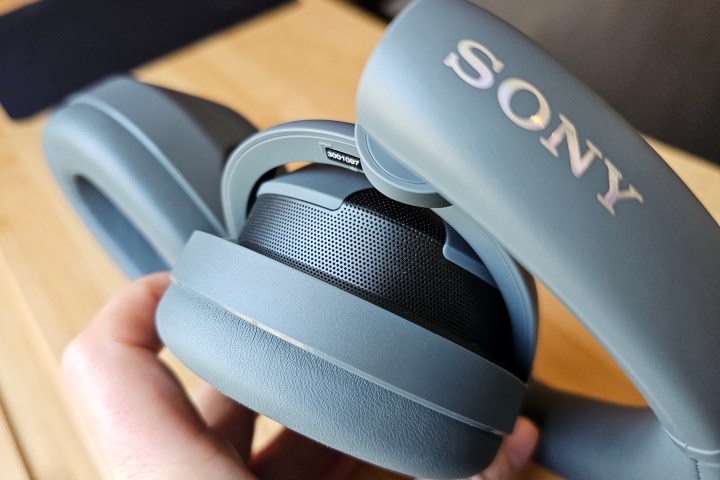
This maximum bass setting sounds pretty rough. Those ultra-low frequencies add vibration, which can sound a lot like distortion. On bass-heavy tracks like 50 Cent’s In Da Club or Billie Eilish’s bad guy, I found it completely overwhelming. Still, I can see it being kinda fun when playing video games — it’s like a rumble pack for your head — I just can’t think of many music tracks that will benefit.
I have a feeling most folks will use the ULT button for some temporary extra low-end. Like a turbo-charger on a car, it’s there for when you need it, but most of the time you’ll cruise around without it.
The good news is that if you apply the ULT modes judiciously (or ignore them entirely), the ULT Wear can sound very good. Sony’s tuning veers toward a more bass-forward presentation by default, but thanks to the app’s presets and manual EQ modes, there’s plenty of room for tweaks.
Clarity has improved versus the XB910N, which edges the ULT Wear closer to WH-1000XM4/XM5 territory, while not quite matching the fidelity you’ll get from Sony’s flagships. If you’re an audiophile, the ULT Wear isn’t going to scratch your itch for ultra-premium sound.
Android users who find themselves in a nice quiet spot and have time for some critical listening should definitely switch to Sony’s LDAC Bluetooth codec. It reduces the amount of compression, and there can be noticeable increases in precision as both highs and lows give way to more mid-frequency detail.
Improved ANC
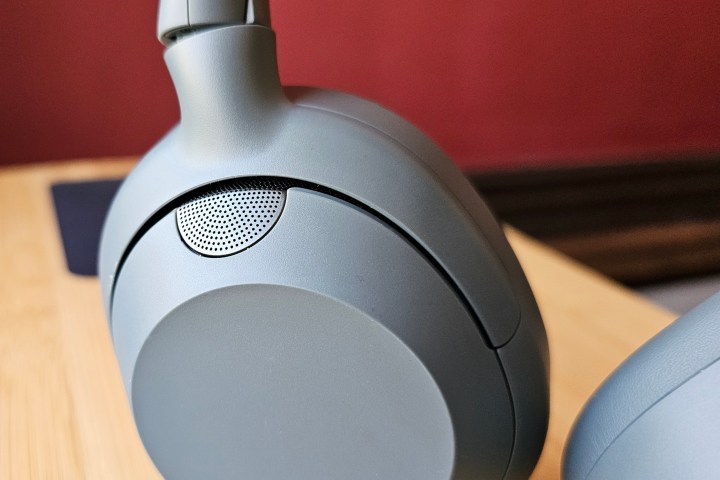
ANC on the XB910N already was very capable, and the ULT Wear kicks up a notch, once again blurring the lines between Sony headphone models. Measuring the performance difference between them and the WH-1000XM4 needs a finer instrument than my casual testing can reveal. Traffic sounds, machinery noise, even the background din at a restaurant were all nicely muted. I think the bigger story with the ULT Wear is that wind noise had almost no effect on ANC — a welcome improvement over their predecessor. It’s so good, that Sony has even eliminated the wind noise setting in the Headphones app — you don’t need it anymore.
Transparency mode, especially when set to maximum in the app, is also very capable. I remain a big fan of the cover-the-right-earcup gesture, which engages transparency temporarily.
Here’s a tip: When you open the Sony Headphones app for the first time, you’ll be encouraged to turn on Adaptive Sound Control. I don’t recommend it. It will try to guess when and where you should be in transparency versus ANC mode. Maybe I’m just unpredictable, but its guesses were terrible, and I found myself fighting with it constantly.
Uneven calls
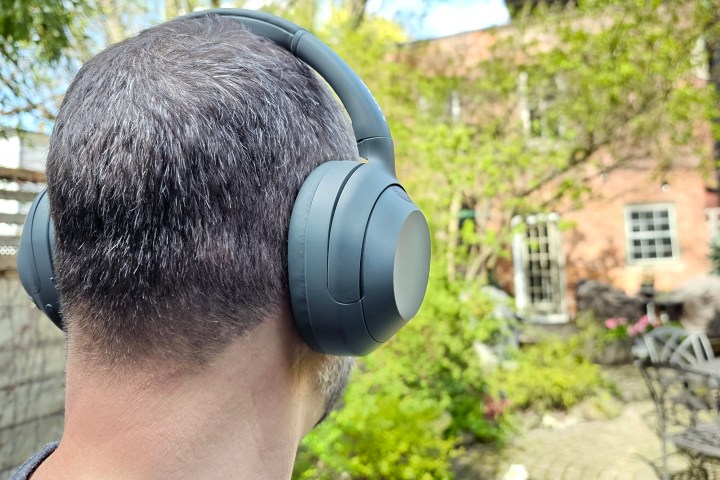
The ULT Wear do a better job of handling noisy locations while on calls than the XB910N, but not by a lot. They still struggle when your background is boisterous, and though your callers may never hear all of that ruckus, they’ll have a hard time hearing you too.
Still, when things are quieter, they offer clear and natural voice pickup. The new sidetone option called Capture Voice During a Call is perplexing. It supposedly lets the sound of your voice come through the speakers when ANC is engaged, but I’m only going to give it a 5/10 — my voice still seemed muffled to me.
On the other hand, if you switch to transparency (which you can do while on a call), you’ll hear yourself perfectly — this is the mode I’d recommend for most calls.
Faster charging
I’ve never had cause to complain about battery life on Sony’s headphones (its earbuds are a different story) and the ULT Wear offer the same respectable performance as their predecessors: about 30 hours with ANC on and up to 50 hours when it’s off.
These numbers take a hit if you listen at louder than 50% or if you engage the LDAC codec, but you should still get more than a full day of operation out of these cans. If you don’t, the quick-charge time has been improved a little: 3 minutes gets you 90 minutes of extra playtime, while 10 minutes gets you up to 5 hours.
Who are they for?
With the ULT Wear, Sony has done exactly the right things to keep its mid-tier headphones fans happy. They’re more affordable than their predecessors, yet they pack some significant improvements in areas like sound clarity, call quality, and ANC. And though the dedicated ULT button might feel a bit gimmicky, pressing it unleashes astonishing amounts of extra low-end boost.


